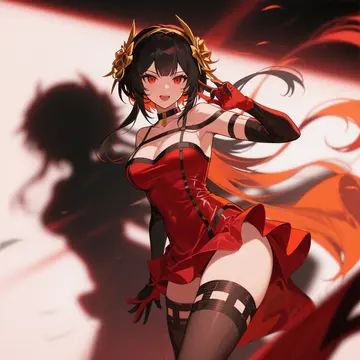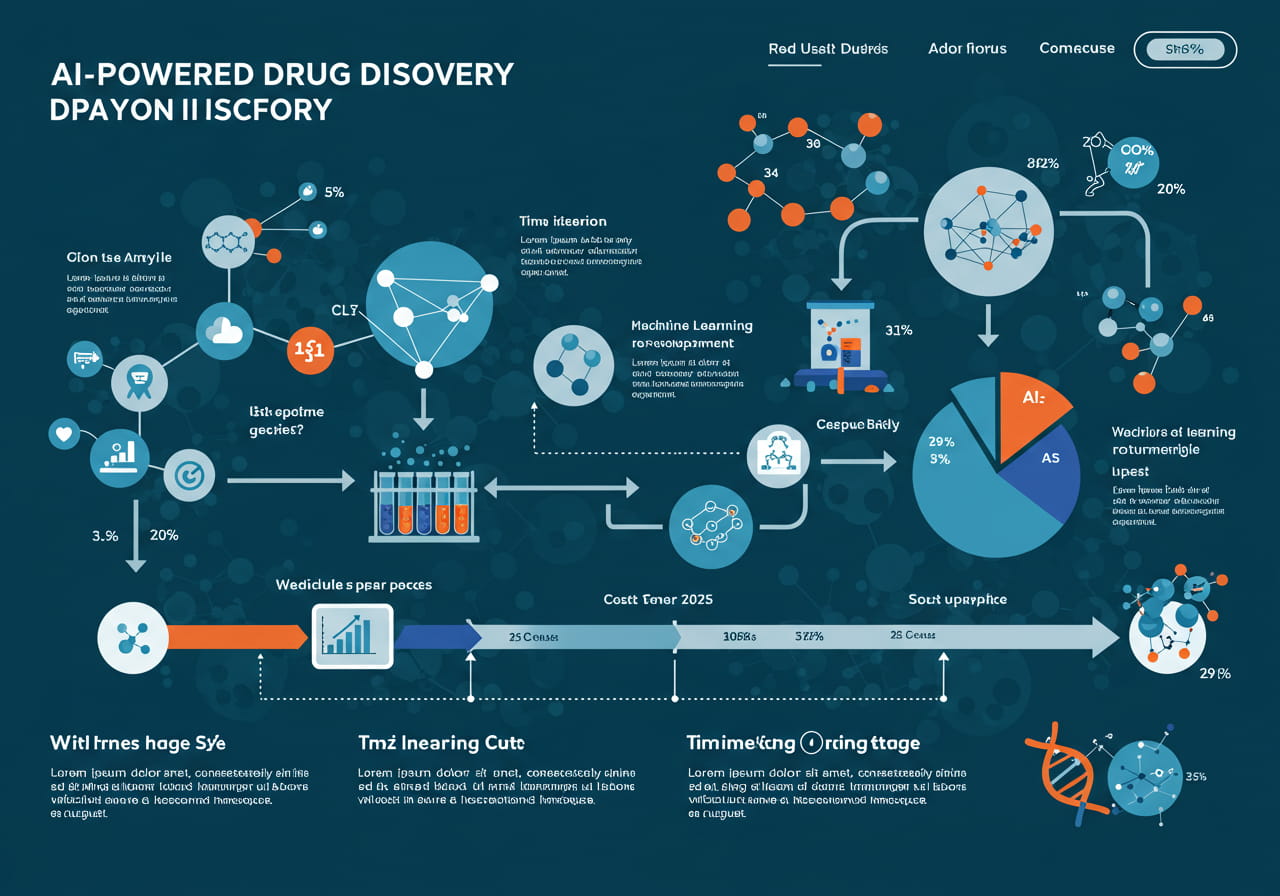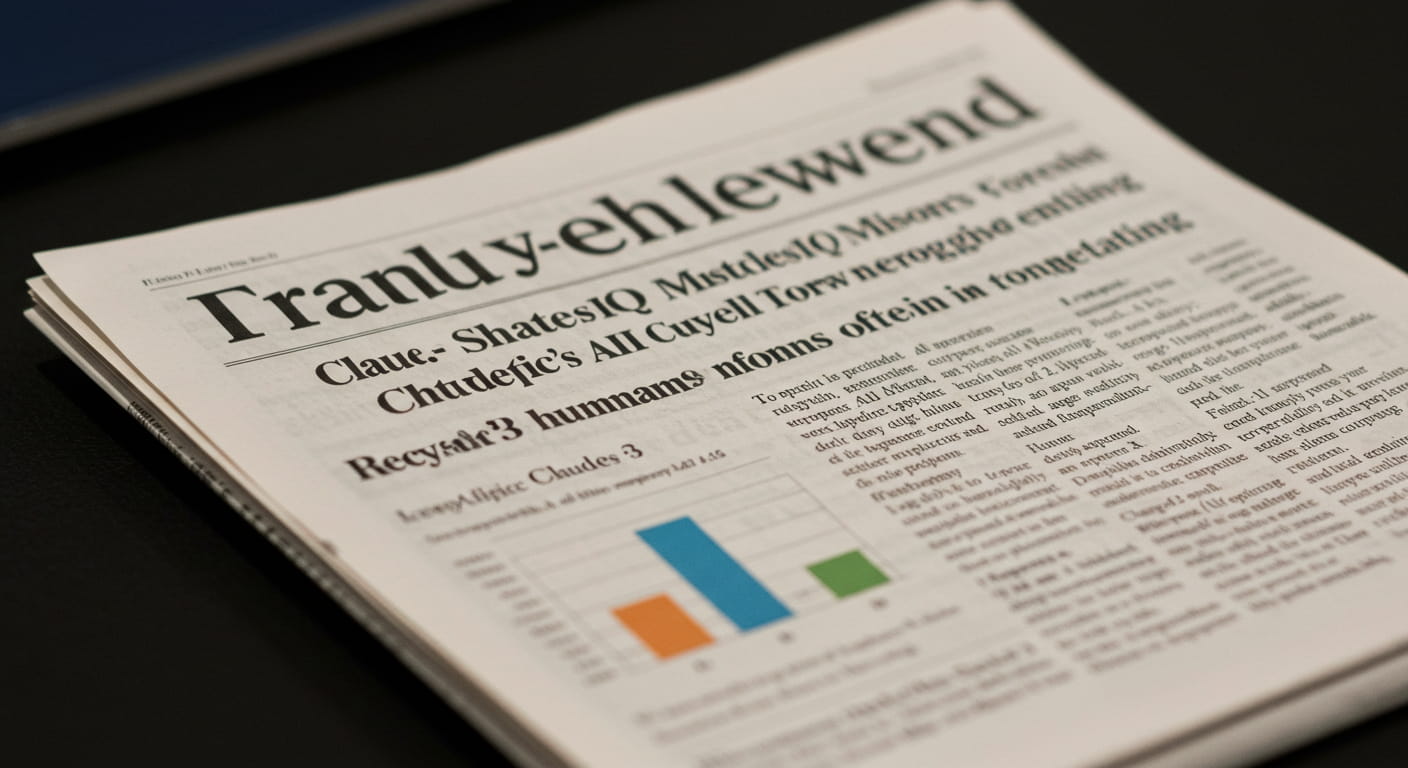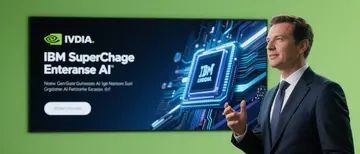OpenAI has unleashed its most powerful image-generation weapon yet: the GPT-Image-1 API. Following its explosive debut in ChatGPT, where 130 million users created 700 million images in just one week, this multimodal model now empowers developers worldwide to integrate professional-grade AI visuals into their platforms. From Adobe's design suites to e-commerce tools like Photoroom, discover how this $0.02-per-image revolution is reshaping digital creation while sparking debates about AI's commercial future.
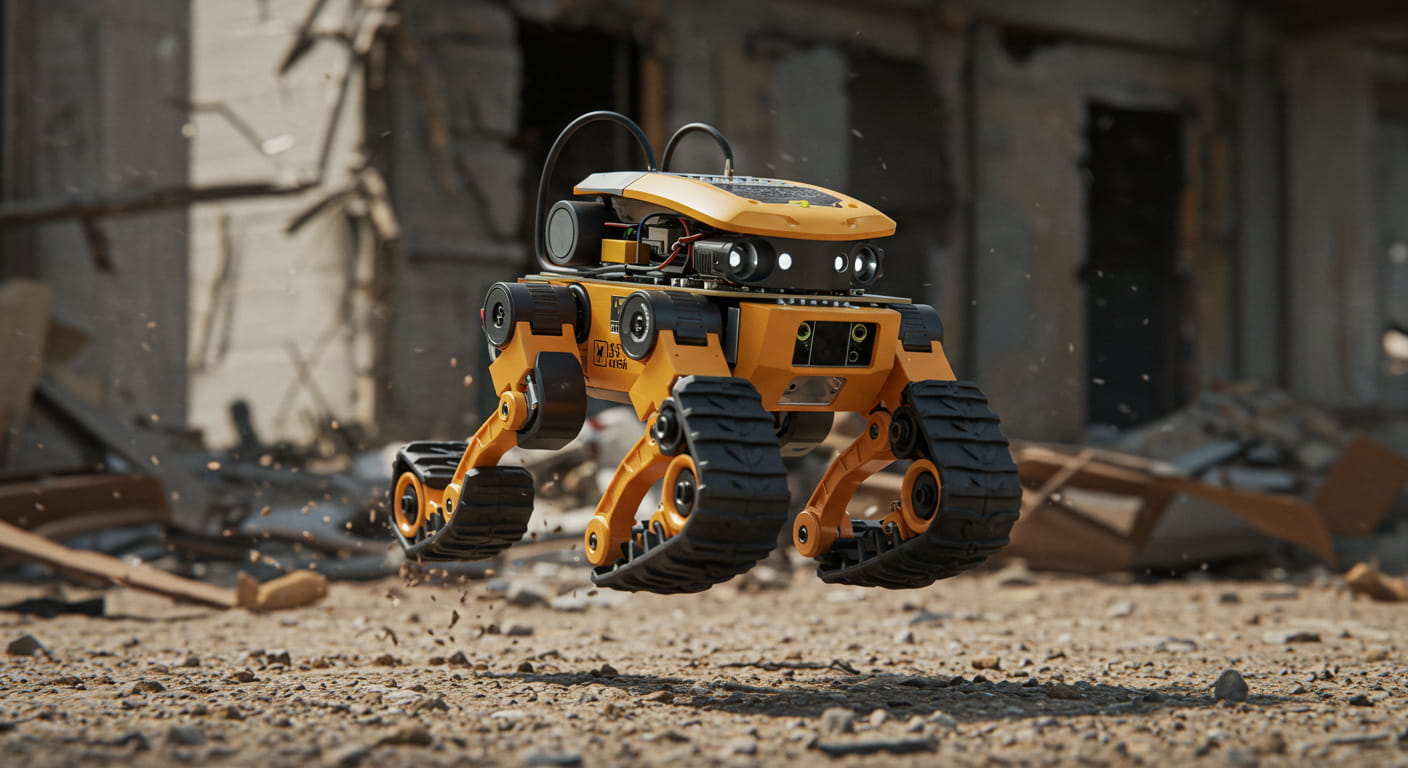
1. The GPT-Image-1 Breakthrough: Beyond Basic Image Generation
Built on the GPT-4o architecture (a multimodal AI framework processing text and images simultaneously), GPT-Image-1 delivers four key advancements:
? Text-Accurate Rendering: Generates crisp text within images, solving a historic AI weakness—perfect for memes, posters, or product labels.
? Context-Aware Editing: Modify specific image areas using masks (alpha-channel overlays) or blend multiple reference images into new compositions.
? Style Versatility: Switch between photorealism, anime, oil painting, and trending aesthetics like "Ghibli mode" with simple prompts.
Developers gain granular control through API parameters:
?? Output resolutions up to 1536x1024 pixels
?? Transparency toggles for PNG/WebP formats
?? Batch generation (10+ images per request)
Enterprise Adoption: Who's Using It & How?
?? Adobe Firefly Integration
Designers now blend OpenAI's outputs with Adobe's tools, auto-generating branded visuals that match existing color schemes.
?? Photoroom's E-Commerce Magic
Turn basic product shots into studio-quality scenes with virtual models—cutting photography costs by 60% for online sellers.
2. Pricing Model: Token Economics Explained
Unlike flat-rate competitors, OpenAI uses a token-based system (computational units measuring input/output complexity):
Text Input: $5/million tokens (prompts like "sunset over Tokyo in cyberpunk style")
Image Input: $10/million tokens (uploaded reference photos or masks)
Image Output: $40/million tokens (generated visuals)
Practical costs:
?? Low-quality 512x512 image: ~$0.02
?? HD 1024x1024 image: $0.07-$0.19
?? Pro-tier 1536x1024 with transparency: $0.25+
3. Safety & Controversy: The Ethics of Monetizing AI
While OpenAI implements C2PA metadata (content credentials identifying AI origins), critics challenge its profit-driven pivot:
"We must prevent AGI from becoming a shareholder toy." — Geoffrey Hinton, AI pioneer
Key concerns:
?? Corporate prioritization over open access
?? Potential misuse via "low" moderation filters
?? Environmental costs of mass-scale generation
Developer Reactions: Praise & Frustrations
?? @DesignWithAI
"Game-changer for rapid prototyping! Generated 20 website hero images in 2 mins."
?? @IndieDev2025
"Costs add up fast—wish there was a monthly cap for small teams."
4. What's Next? The AI Image Race Heats Up
As competitors like Midjourney and Stable Diffusion refine their APIs, OpenAI bets on three advantages:
?? ComfyUI Integration: Direct API access via popular node-based workflows
?? Azure Cloud Support: Enterprise deployment through Microsoft's infrastructure
?? Aggressive Roadmap: 25-language support and 3D model generation by 2026
Key Takeaways
? Professional AI image generation now costs less than $0.10/visual
? Major platforms like Figma and Wix are already leveraging the API
? Ethical debates intensify as AI transitions from research to revenue
? Developers gain unprecedented control through masks, styles, and batch processing
See More Content about AI NEWS



